Subsoil strata in the most densely populated areas of the Netherlands typically contain peat layers. Consequently, knowledge is required about the complex mechanical behaviour of peats for the purposes of the geotechnical design and maintenance of infrastructure. A test site was set up for a dike reinforcement project, primarily in order to determine the operational undrained shear strength of peats. The field trials, and extensive laboratory and field probe testing, showed that, although margins of uncertainty in the individual measurements are large, the combination of different testing techniques provides a clear image of the strength behaviour of peats. Additional testing of large samples showed the relevance of size effects for peat tests. The back analysis of the tests produced operational undrained shear strength values that concur closely with laboratory and field probe testing. These test results provide a direction for future research targeting the development of constitutive models to predict the stress—strain behaviour of peats correctly.
1.
Introduction
In this paper, we establish the following four symmetric quaternion matrix systems:
where Aii, Bii, Cii, Dii, Eii, Fii(i=¯1,2), H11, and G11 are known matrices, while Xi(i=¯1,2) are unknown.
In this paper, R and Hm×n denote the real number field and the set of all quaternion matrices of order m×n, respectively.
Moreover, r(A), 0 and I represent the rank of matrix A, the zero matrix of suitable size, and the identity matrix of suitable size, respectively. The conjugate transpose of A is A∗. For any matrix A, if there exists a unique solution X such that
then X is called the Moore-Penrose (M−P) inverse. It should be noted that A† is used to represent the M−P inverse of A. Additionally, LA=I−A†A and RA=I−AA† denote two projectors toward A.
H is known to be an associative noncommutative division algebra over R with extensive applications in computer science, orbital mechanics, signal and color image processing, control theory, and so on (see [1,2,3,4]).
Matrix equations, significant in the domains of descriptor systems control theory [5], nerve networks [6], back feed [7], and graph theory [8], are one of the key research topics in mathematics.
The study of matrix equations in H has garnered the attention of various researchers; consequently they have been analyzed by many studies (see, e.g., [9,10,11,12]). Among these the system of symmetric matrix equations is a crucial research object. For instance, Mahmoud and Wang [13] established some necessary and sufficient conditions for the three symmetric matrix systems in terms of M−P inverses and rank equalities:
Wang and He [14] established the sufficient and necessary conditions for the existence of solutions to the following three symmetric coupled matrix equations and the expressions for their general solutions:
It is noteworthy that the following matrix equation plays an important role in the analysis of the solvability conditions of systems (1.1)–(1.4):
Liu et al. [15] derived some necessary and sufficient conditions to solve the quaternion matrix equation (1.7) using the ranks of coefficient matrices and M−P inverses. Wang et al. [16] derived the following quaternion equations after obtaining some solvability conditions for the quaternion equation presented in Eq (1.8) in terms of M−P inverses:
To our knowledge, so far, there has been little information on the solvability conditions and an expression of the general solution to systems (1.1)–(1.4).
In mathematical research and applications, the concept of η-Hermitian matrices has gained significant attention [17]. An η-Hermitian matrix, for η∈{i,j,k}, is defined as a matrix A such that A=Aη∗, where Aη∗=−ηA∗η. These matrices have found applications in various fields including linear modeling and the statistics of random signals [1,17]. As an application of (1.1), this paper establishes some necessary and sufficient conditions for the following matrix equation:
to be solvable.
Motivated by the study of Systems (1.8), symmetric matrix equations, η-Hermitian matrices, and the widespread use of matrix equations and quaternions as well as the need for their theoretical advancements, we examine the solvability conditions of the quaternion systems presented in systems (1.1)–(1.4) by utilizing the rank equalities and the M−P inverses of coefficient matrices. We then obtain the general solutions for the solvable quaternion equations in systems (1.1)–(1.4). As an application of (1.1), we utilize the M−P inverse and the rank equality of matrices to investigate the necessary and sufficient conditions for the solvability of quaternion matrix equations involving η-Hermicity matrices. It is evident that System (1.8) is a specific instance of System (1.1).
The remainder of this article is structured as follows. Section 2 outlines the basics. Section 3 examines some solvability conditions of the quaternion equation presented in System (1.1) using the M−P inverses and rank equalities of the matrices, and derives the solution of System (1.1). Section 4 establishes some solvability conditions for matrix systems (1.2)–(1.4) to be solvable. Section 5 investigates some necessary and sufficient conditions for matrix equation (1.9) to have common solutions. Section 6 concludes the paper.
2.
Preliminaries
Marsaglia and Styan [18] presented the following rank equality lemma over the complex field, which can be generalized to H.
Lemma 2.1. [18] Let A∈Hm×n, B∈Hm×k, C∈Hl×n, D∈Hj×k, and E∈Hl×i be given. Then, the following rank equality holds:
Lemma 2.2. [19] Let A∈Hm×n be given. Then,
Lemma 2.3. [20] Let A1 and A2 be given quaternion matrices with adequate shapes. Then, the equation A1X=A2 is solvable if, and only if, A2=A1A†1A2. In this case, the general solution to this equation can be expressed as
where U1 is any matrix with appropriate size.
Lemma 2.4. [20] Let A1 and A2 be given quaternion matrices with adequate shapes. Then, the equation XA1=A2 is solvable if, and only if, A2=A2A†1A1. In this case, the general solution to this equation can be expressed as
where U1 is any matrix with appropriate size.
Lemma 2.5. [21] Let A,B, and C be known quaternion matrices with appropriate sizes. Then, the matrix equation
is consistent if, and only if,
In this case, the general solution to this equation can be expressed as
where U and V are any quaternion matrices with appropriate sizes.
Lemma 2.6. [15] Let Ci,Di, and Z(i=¯1,4) be known quaternion matrices with appropriate sizes.
Denote
Then, the following statements are equivalent:
(1) Equation (2.1) is consistent.
(2)
(3)
Under these conditions, the general solution to the matrix equation (2.1) is
where T=T1−C4Y3D4,Ui(i=¯1,8) are arbitrary matrices with appropriate sizes over H,
U11,U12,U21,U31,U32,U33,U41, and U42 are arbitrary quaternion matrices with appropriate sizes, and m and n denote the column number of C4 and the row number of D4, respectively.
3.
Solvability conditions and expression of general solution for system (1.1)
Some necessary and sufficient conditions for System (1.1) to be solvable will be established in this section. The general solution of System (1.1) will also be derived in this section. Moreover, we provide an example to illustrate our main results.
Theorem 3.1. Let Aii,Bii,Cii,Dii,Eii,Fii,H11, and G11 (i = 1, 2) be given quaternion matrices. Put
Then, the following statements are equivalent:
(1) System (1.1) is solvable.
(2)
(3)
Proof. (1)⇔(2): The System (1.1) can be written as follows.
and
Next, the solvability conditions and the expression for the general solutions of Eq (3.15) to Eq (3.17) are given by the following steps:
Step 1: According to Lemma 2.3 and Lemma 2.4, the system (3.15) is solvable if, and only if,
When condition (3.18) holds, the general solution of System (3.15) is
Step 2: Substituting (3.19) into (3.16) yields,
where A1,P1,B2,P2 are defined by (3.1). By Lemma 2.5, the system (3.20) is consistent if, and only if,
When (3.21) holds, the general solution to System (3.20) is
Comparing (3.22) and (3.19), hence,
Step 3: Substituting (3.23) into (3.17) yields
where ^Bi,^Aj(i=¯1,4,j=¯2,4) are defined by (3.1). It follows from Lemma 2.6 that Eq (3.24) is solvable if, and only if,
When (3.25) holds, the general solution to matrix equation (3.24) is
where Ci,Ei,Di(i=¯1,4),^E11,^E44 are defined as (3.2), T=T1−^A4W3^B4,Vi(i=¯1,8) are arbitrary matrices with appropriate sizes over H,
U11,U12,U21,U31,U32,U33,U41, and U42 are any quaternion matrices with appropriate sizes, and m and n denote the column number of C22 and the row number of A22, respectively. We summarize that System (1.1) has a solution if, and only if, (3.18), (3.21), and (3.25) hold, i.e., the System (1.1) has a solution if, and only if, (2) holds.
(2)⇔(3): We prove the equivalence in two parts. In the first part, we want to show that (3.18) and (3.21) are equivalent to (3.3) to (3.5), respectively. In the second part, we want to show that (3.25) is equivalent to (3.6) to (3.14). It is easy to know that there exist X01,X02,U01, and U02 such that
holds, where
P1=E11−C11X01D11,P2=E22−C22X02D22, and P=G11−F11X01H11−F11LA11U01H11−X02F22−U02RA22F22.
Part 1: We want to show that (3.18) and (3.21) are equivalent to (3.3) to (3.5), respectively. It follows from Lemma 2.1 and elementary transformations that
Similarly, we can show that (3.21) is equivalent to (3.5). Hence, (3.18) and (3.21) are equivalent to (3.3) and (3.5), respectively.
Part 2: In this part, we want to show that (3.25) is equivalent to (3.6) and (3.14). According to Lemma 2.6, we have that (3.25) is equivalent to the following:
respectively. Hence, we only prove that (3.26)–(3.34) are equivalent to (3.6)–(3.14) when we prove that (3.25) is equivalent to (3.6)–(3.14). Now, we prove that (3.26)–(3.34) are equivalent to (3.6)–(3.14). In fact, we only prove that (3.26), (3.30), and (3.34) are equivalent to (3.6), (3.10), and (3.14); the remaining part can be proved similarly. According to Lemma 2.1 and elementary transformations, we have that
Similarly, we have that (3.27)⇔(3.7),(3.28)⇔(3.8),(3.29)⇔(3.9).
Similarly, we have that (3.31)⇔(3.11),(3.32)⇔(3.12),(3.33)⇔(3.13).
□
Theorem 3.2. Let System (1.1) be solvable. Then, the general solution of System (1.1) is
where
T=T1−^A4W3^B4,Vi(i=¯4,8) are arbitrary matrices with appropriate sizes over H, U11,U12,U21, U31,U32,U33,U41, and U42 are any quaternion matrices with appropriate sizes, and m and n denote the column number of C22 and the row number of A22, respectively.
Next, we consider a special case of the System (1.1).
Corollary 3.3. [16] Let Aii,Bii,Cii,Dii,Eii,Fii(i=1,2), and G11 be given matrices with appropriate dimensions over H. Denote
Then, the following statements are equivalent:
(1) Equation (1.8) is consistent.
(2)
(3)
Finally, we provide an example to illustrate the main results of this paper.
Example 3.4. Conside the matrix equation (1.1)
where
Computing directly yields the following:
All rank equations in (3.3) to (3.14) hold. So, according to Theorem 3.1, the system of matrix equation (1.1) has a solution. By Theorem 3.2, the solution of System (1.1) can be expressed as
4.
The solvability conditions and the general solutions to the Systems (1.2)–(1.4)
In this section, we use the same method and technique as in Theorem 3.1 to study the three systems of Eqs (1.2)–(1.4). We only present their results and omit their proof.
Theorem 4.1. Consider the matrix equation (1.2) over \mathbb{H} , where A_{ii}, B_{ii}, C_{ii}, D_{ii}, E_{ii}, F_{ii}, G_{11} , and H_{11} (i = \overline{1, 2}) are given. Put
Then, the following statements are equivalent:
\mathrm{(1)} System (1.2) is consistent.
\mathrm{(2)}
\mathrm{(3)}
Under these conditions, the general solution of System (1.2) is
where
where T = T_{1}-H_{11}W_{4}\hat{B_{4}}, U_{i}(i = \overline{1, 6}) are arbitrary matrices with appropriate sizes over \mathbb{H} ,
U_{11}, U_{12}, U_{21}, U_{31}, U_{32}, U_{33}, U_{41}, and U_{42} are any quaternion matrices with appropriate sizes, and m and n denote the column number of H_{11} and the row number of A_{22} , respectively.
Theorem 4.2. Consider the matrix equation (1.3) over \mathbb{H} , where A_{ii}, B_{ii}, C_{ii}, D_{ii}, E_{ii}, F_{ii}, G_{11} \; H_{11} (i = \overline{1, 2}) are given. Put
Then, the following statements are equivalent:
\mathrm{(1)} System (1.3) is consistent.
\mathrm{(2)}
\mathrm{(3)}
Under these conditions, the general solution of System (1.3) is
where
where T = T_{1}-\hat{A_{22}}W_{4}\hat{B_{4}}, U_{i}(i = \overline{1, 6}) are arbitrary matrices with appropriate sizes over \mathbb{H} ,
U_{11}, U_{12}, U_{21}, U_{31}, U_{32}, U_{33}, U_{41}, and U_{42} are any matrices with appropriate sizes, and m and n denote the column number of H_{11} and the row number of D_{22} , respectively.
Theorem 4.3. Consider the matrix equation (1.4) over \mathbb{H} , where A_{ii}, B_{ii}, C_{ii}, D_{ii}, E_{ii}, F_{ii}(i = \overline{1, 2}), and G_{11} are given. Put
Then, the following statements are equivalent:
\mathrm{(1)} Equation (1.4) is consistent.
\mathrm{(2)}
\mathrm{(3)}
Under these conditions, the general solution of System (1.4) is
where
where T = T_{1}-A_{8}W_{4}B_{7}, U_{i}(i = \overline{1, 6}) are arbitrary matrices with appropriate sizes over \mathbb{H} ,
U_{11}, U_{12}, U_{21}, U_{31}, U_{32}, U_{33}, U_{41}, and U_{42} are any quaternion matrices with appropriate sizes, and m and n denote the column number of A_{22} and the row number of D_{22} , respectively.
5.
An application of the system (1.1)
In this section, we use the Lemma 2.2 and the Theorem 3.1 to study matrix equation (1.9) involving \eta -Hermicity matrices.
Theorem 5.1. Let A_{11}, B_{11}, C_{11}, E_{11}, F_{11}, F_{22}, and G_{11}(G_{11} = G_{11}^{\eta^{*}}) be given matrices. Put
Then, the following statements are equivalent:
\mathrm{(1)} System (1.9) is solvable.
\mathrm{(2)}
\mathrm{(3)}
Proof. Evidently, the system of Eq (1.9) has a solution if and only if the following matrix equation has a solution:
If (1.9) has a solution, say, X_1 , then (\hat{X_1}, \ \hat{X_2}) : = (X_1, \ X_{1}^{\eta^{*}}) is a solution of (5.1). Conversely, if (5.1) has a solution, say (\hat{X_1}, \ \hat{X_2}) , then it is easy to show that (1.5) has a solution
According to Theorem 3.1, we can deduce that this theorem holds. □
6.
Conclusions
We have established the solvability conditions and the expression of the general solutions to some constrained systems (1.1)–(1.4). As an application, we have investigated some necessary and sufficient conditions for Eq (1.9) to be consistent. It should be noted that the results of this paper are valid for the real number field and the complex number field as special number fields.
Author contributions
Long-Sheng Liu, Shuo Zhang and Hai-Xia Chang: Conceptualization, formal analysis, investigation, methodology, software, validation, writing an original draft, writing a review, and editing. All authors of this article have contributed equally. All authors have read and approved the final version of the manuscript for publication.
Acknowledgments
This work is supported by the National Natural Science Foundation(No. 11601328) and Key scientific research projects of univesities in Anhui province(No. 2023AH050476).
Conflict of interest
The authors declare that they have no conflicts of interest.











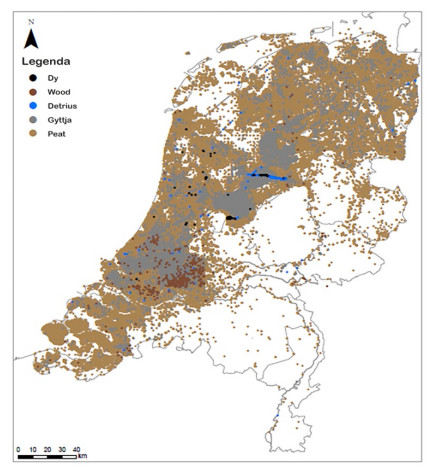
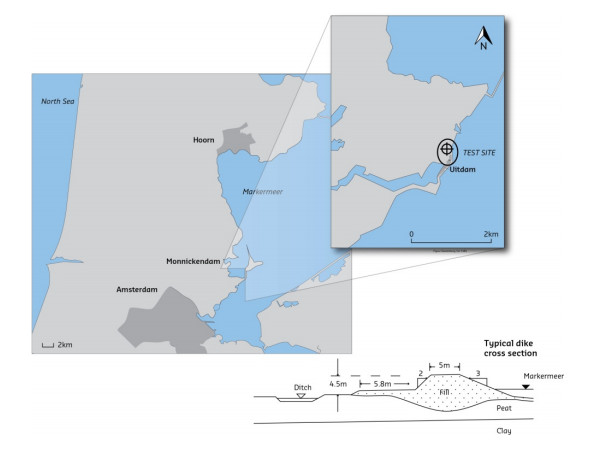
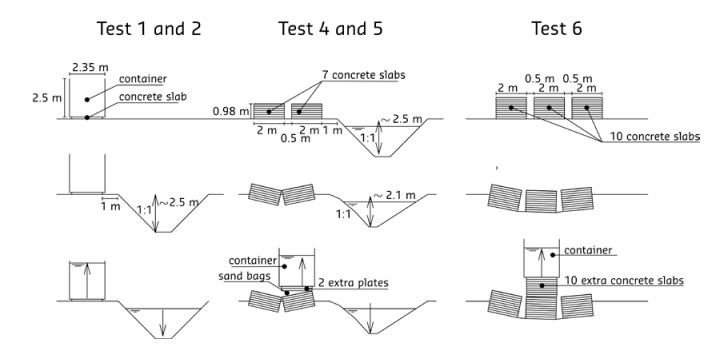
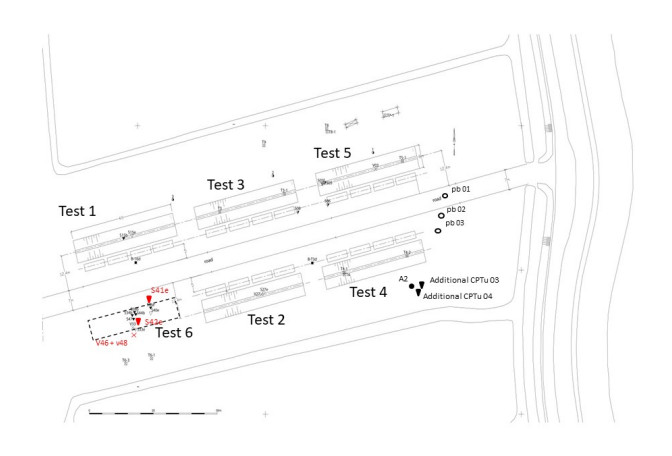
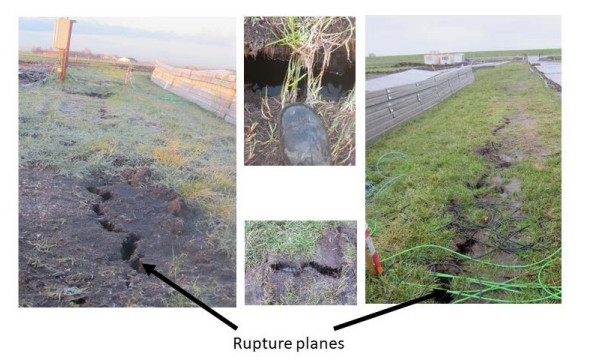
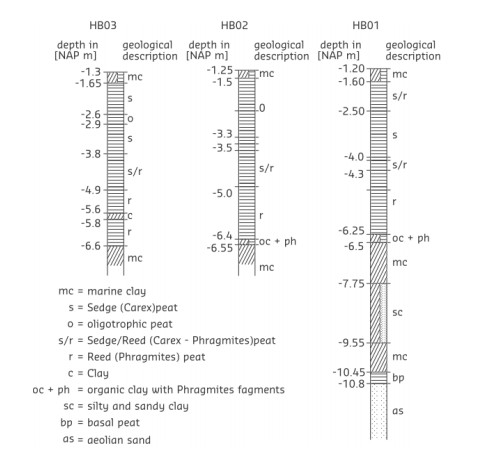
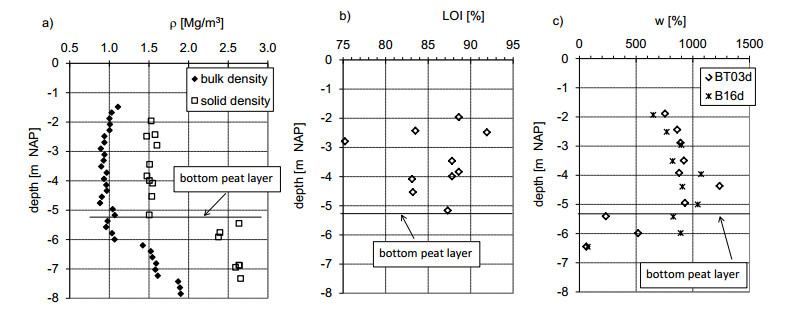
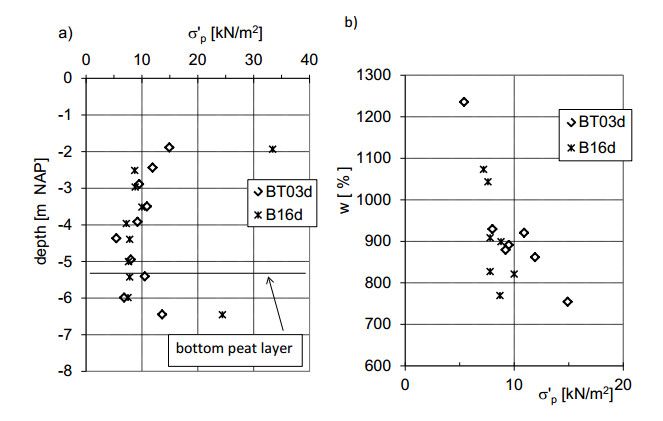
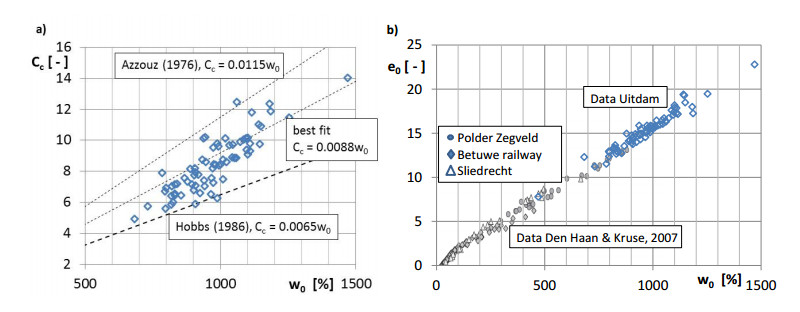
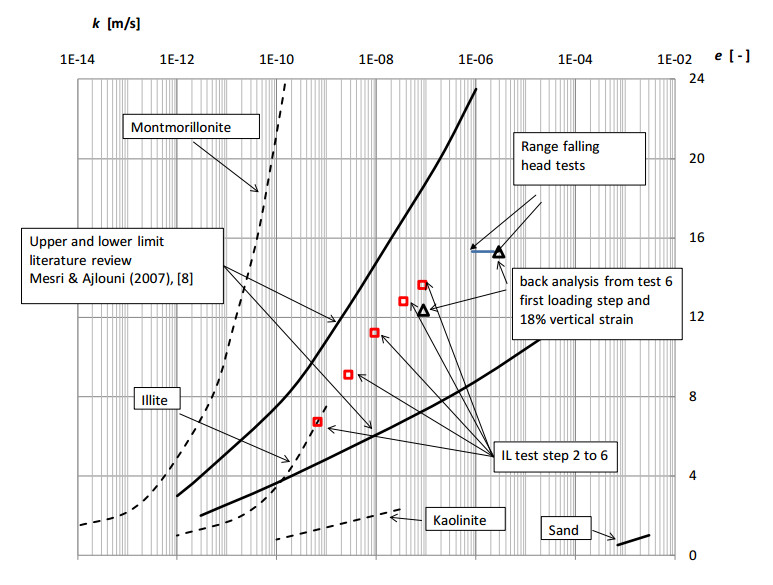
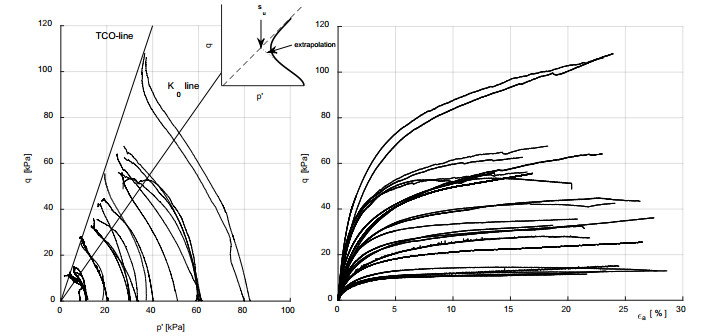
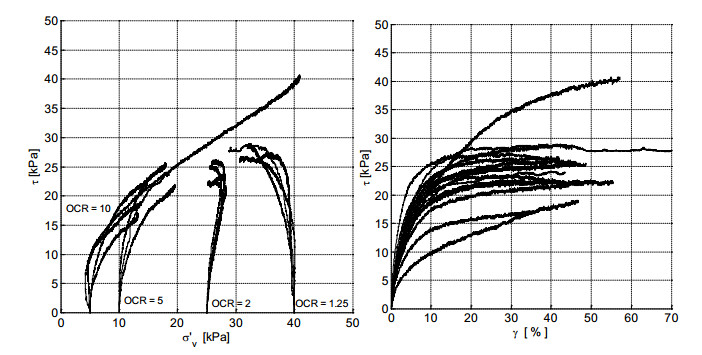
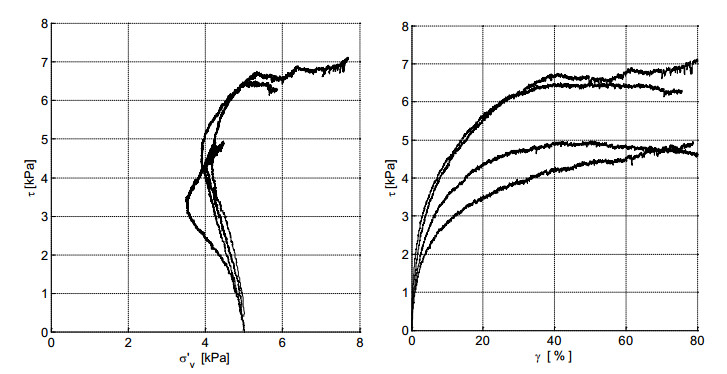
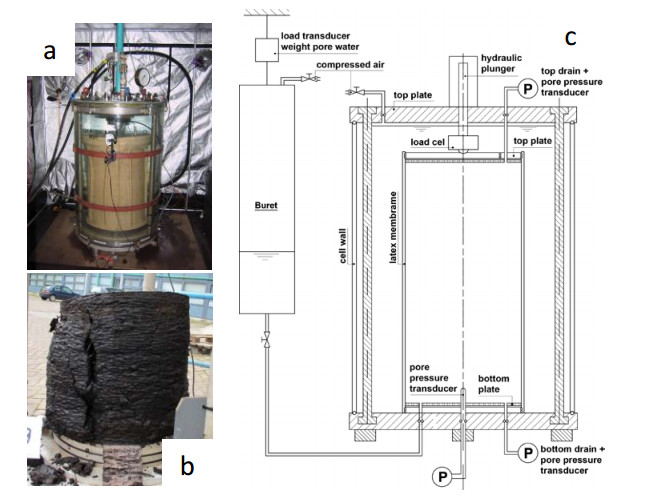
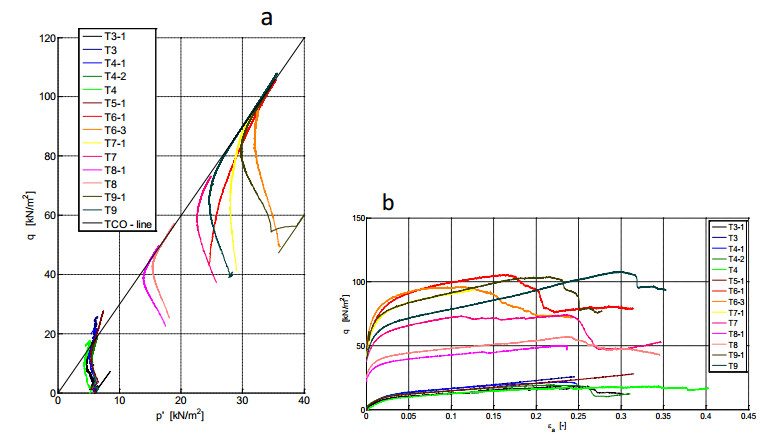
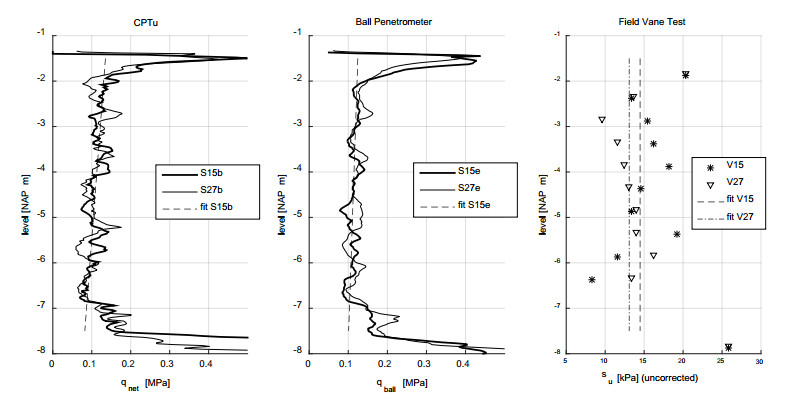
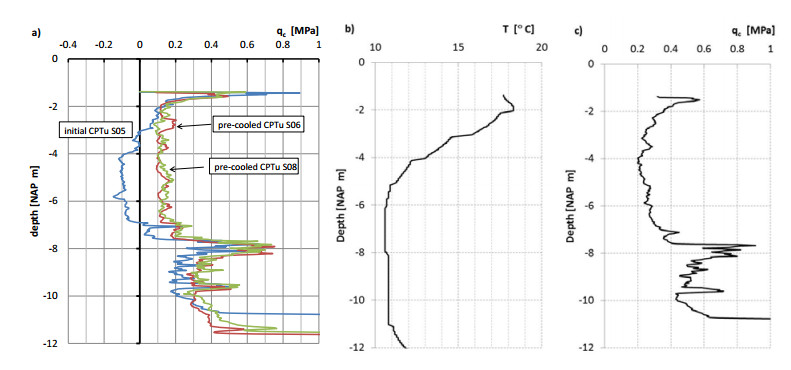
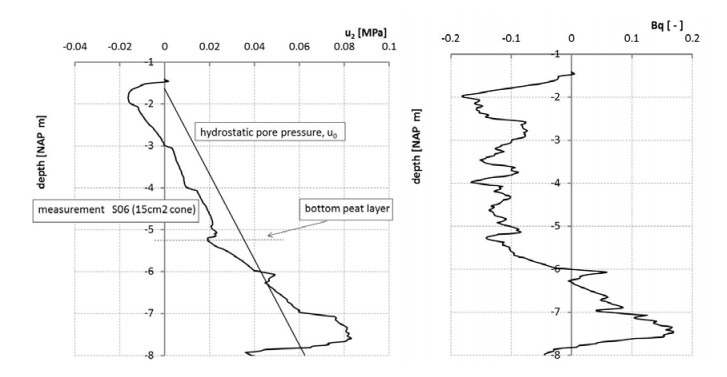
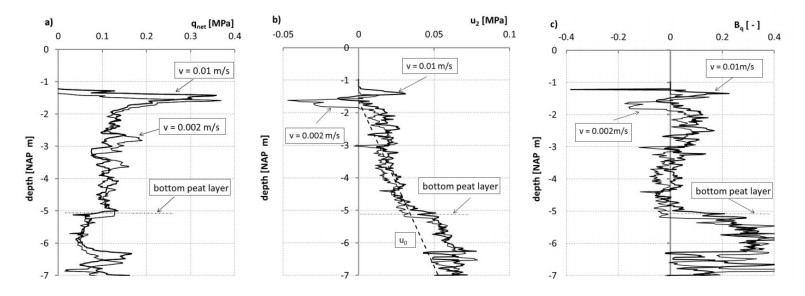
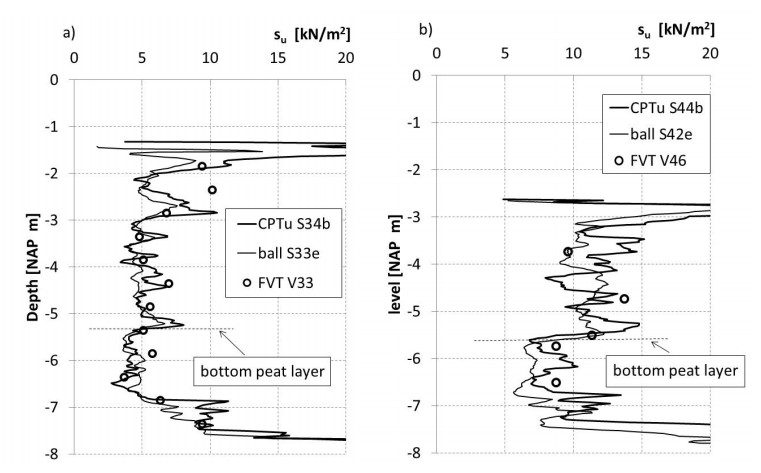
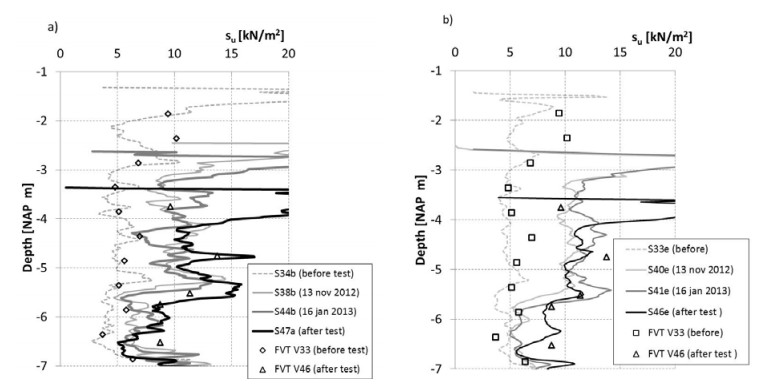


 DownLoad:
DownLoad: